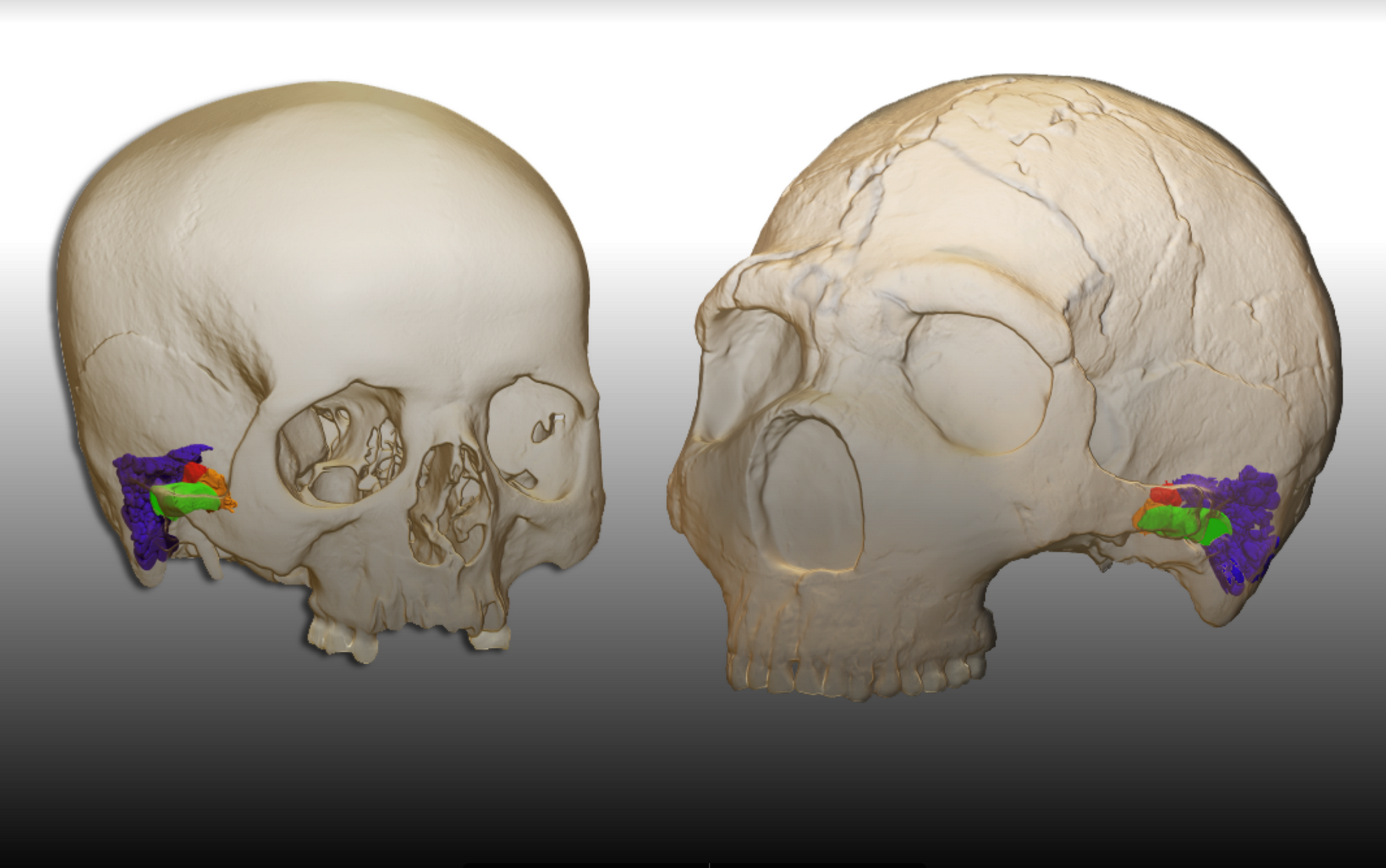Have you ever wondered whether our long-extinct ancestors were capable of speaking like us? Well, recent research has shown that Neanderthals were in fact able to both perceive and produce human speech.
The study was published in 2021 and was conducted by an international multidisciplinary team that investigated the evolution of language and linguistic capacities of Neanderthals. They did so by analyzing digital reconstructions of the bones in our ancient cousin’s skulls.
“This is one of the most important studies I have been involved in during my career,” Rolf Quam, professor of anthropology at Bingham University, said in a statement. “The results are solid and clearly show the Neandertals had the capacity to perceive and produce human speech. This is one of the very few current, ongoing research lines relying on fossil evidence to study the evolution of language, a notoriously tricky subject in anthropology.”
For decades, a central question in the study of human evolution was whether spoken language, a hallmark of human communication, was also present in other hominid species, especially Neanderthals. This research allows us to draw some pretty significant conclusions to address this question.
The team relied on high-resolution CT scans to create 3D virtual models of the ear structures of both Homo sapiens and Neanderthals, as well as earlier fossils from Atapuerca, an archaeological site located in the north of Spain.

3D model reconstruction of the ear in a modern human (left) and the ear of a Neanderthal (right).
Image credit: Mercedes Conde-Valverde
The data produced by the 3D models were then processed through a software-based model, which was developed in the field of auditory bioengineering. The software allowed the team to estimate hearing capabilities up to 5 kilohertz (kHz), which matches the frequency range of modern human speech sounds. Compared to the fossils recovered from Atapuerca, the Neanderthals showed slightly better hearing capacity between 4-5 kHz, which is a close resemblance to modern humans.
The team was also able to establish the extinct hominid’s “occupied bandwidth”, which is related to the communication system a creature can use. For instance, a wider bandwidth allows for a larger number of easily distinguishable acoustic signals to be used in a species’ oral communication system. This allows the creature to deliver a clear message in the shortest amount of time. The Neanderthals, they argued, show a wider bandwidth than their ancestors from Atapuerca, which also resembled modern humans.
“This really is the key,” said Mercedes Conde-Valverde, professor at the Universidad de Alcalá in Spain and lead author of the study. “The presence of similar hearing abilities, particularly the bandwidth, demonstrates that the Neandertals possessed a communication system that was as complex and efficient as modern human speech.”
“One of the other interesting results from the study was the suggestion that Neandertal speech likely included an increased use of consonants,” said Quam. “Most previous studies of Neandertal speech capacities focused on their ability to produce the main vowels in English spoken language. However, we feel this emphasis is misplaced, since the use of consonants is a way to include more information in the vocal signal and it also separates human speech and language from the communication patterns in nearly all other primates. The fact that our study picked up on this is a really interesting aspect of the research and is a novel suggestion regarding the linguistic capacities in our fossil ancestors.”
This development in our understanding of Neanderthal communication capacities matches other archaeological work showing how complex their behavioral patterns were, including changes in stone tool technologies, domestication of fire and possible symbolic practices.
“These results are particularly gratifying,” said Ignacio Martinez, another of the study’s authors, from Universidad de Alcalá in Spain. “We believe, after more than a century of research into this question, that we have provided a conclusive answer to the question of Neandertal speech capacities.”
The study is published in Nature Ecology & Evolution.
[H/T: Science Alert]
Source Link: Could Neanderthals Produce Human-Like Speech? Some Scientists Say Yes